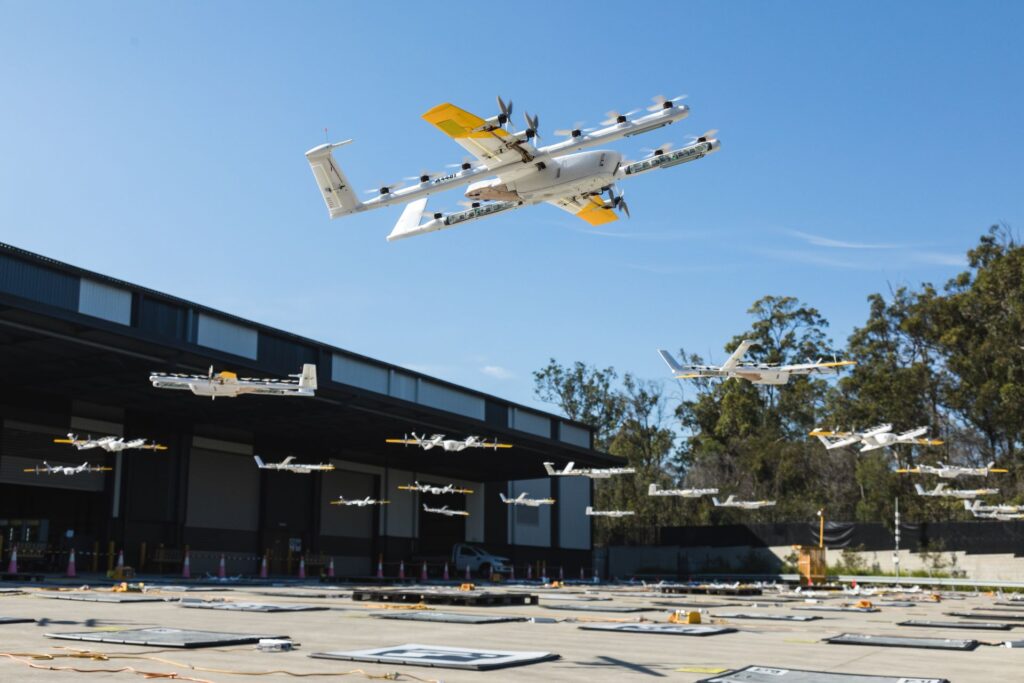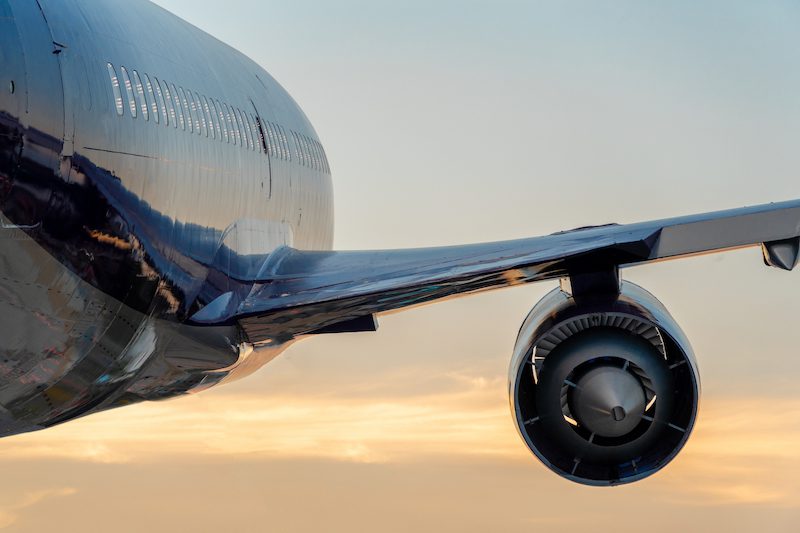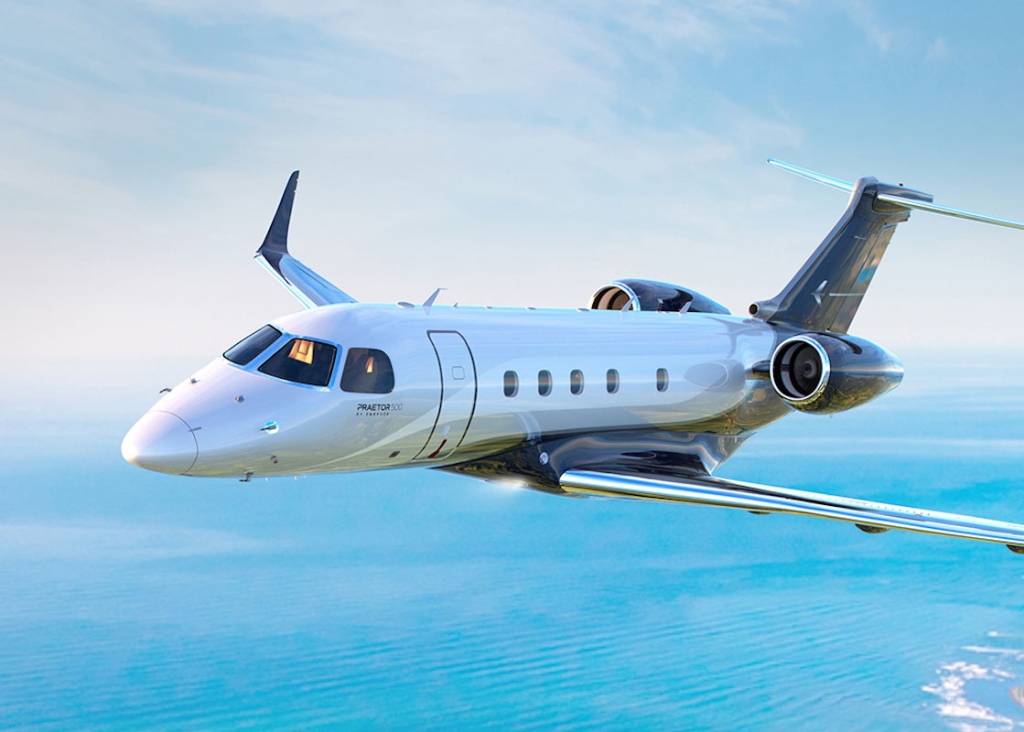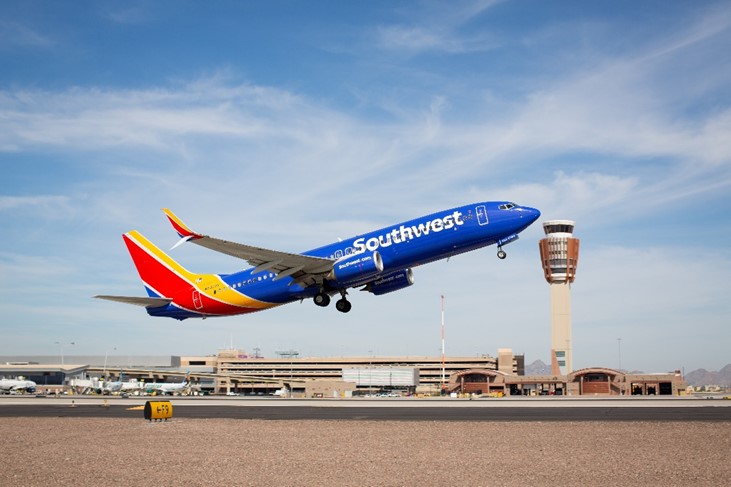Jet Aviation to provide Sustainable Aviation Fuel during the World Economic Forum 2024
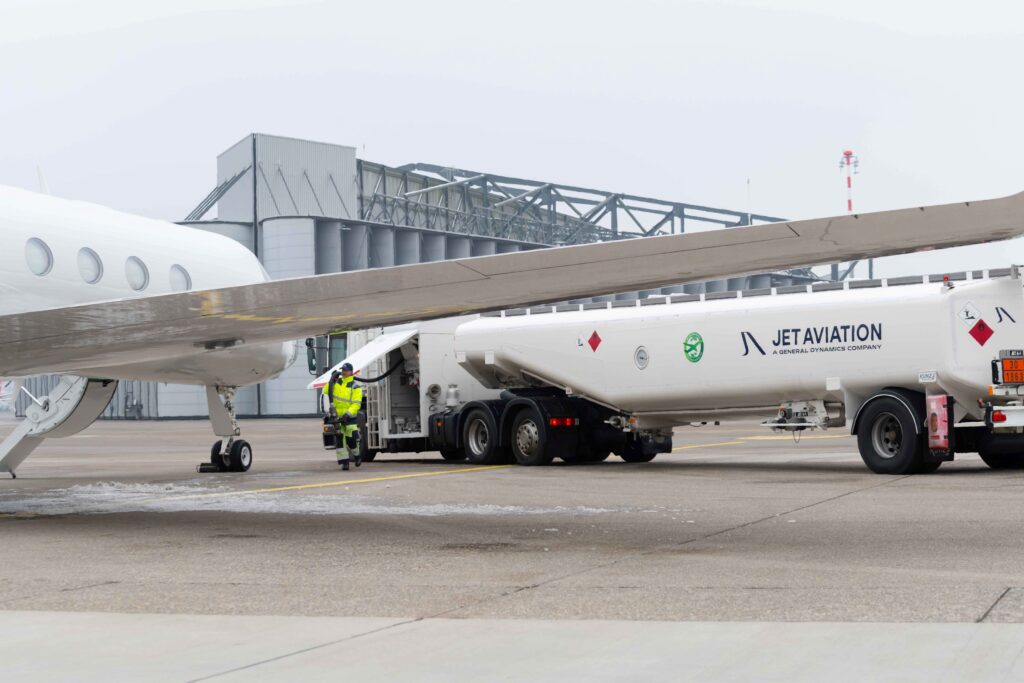
Jet Aviation announced today that it has secured a supply of sustainable aviation fuel (SAF) for visitors during the World Economic Forum (WEF) 2024. This is the second time Jet Aviation has provided on-site SAF in Zurich for visitors to WEF in partnership with Zurich Airport.
“Since 2020, we have been offering SAF to our customers attending the WEF, either on-site or through Book and Claim,” says Joao Martins, vice president regional FBO operations Europe and General Manager Zurich. “We have been working closely with the Zurich Airport team and our partners and are delighted to be able to make physical SAF available on-site again this year.”
SAF has the potential to reduce aviation’s greenhouse gas emissions by up to 80% over its lifecycle. It is a fully compliant, drop-in Jet A/A-1 fuel with the same characteristics and specifications as conventional jet fuel.
“Jet Aviation is committed to supporting efforts to reduce the industry’s carbon footprint, and we will continue to partner with airports and suppliers to increase SAF access and availability across our network,” adds Jeremie Caillet, senior vice president regional operations EMEA.
Jet Aviation piloted SAF in Zurich during WEF 2020. It was the first time SAF had been made available for purchase in Switzerland. Since then, the company has continued to provide customers in Zurich with SAF via Book & Claim, while working with partners to secure further physical supply.
“We are proud to support Jet Aviation in offering Sustainable Aviation Fuel at Zurich Airport,” says Emanuel Fleuti, Head Sustainability & Environment at Flughafen Zürich AG. “The increased production and use of SAF is an important piece of the puzzle in the decarbonization of the aviation industry. This requires the commitment and cooperation of all the airport partners involved.”
In 2019, Jet Aviation was the first supplier to offer sustainable fuel via a blended fuel option at Van Nuys Airport, California. In 2020, the company brought a temporary supply of SAF to Switzerland for the World Economic Forum and in 2021 a permanent supply of SAF was introduced in Amsterdam, followed by Singapore in 2022. That same year, Jet Aviation signed the World Economic Forums’ 2030 Ambition Statement, ‘Clean Skies for Tomorrow’.
In 2023, the company added their FBOs in Bozeman and Scottsdale to the locations where physical SAF is available in the United States, followed by Rotterdam, The Netherlands, earlier this month. Since 2021, Jet Aviation has also offered customers the opportunity to access the benefits of SAF in locations where there is currently no physical supply through its global Book and Claim program.
Jet Aviation is a wholly owned subsidiary of General Dynamics (NYSE: GD) with some 4,000 employees and 50 locations worldwide. Jet Aviation’s offerings include aircraft management, aircraft sales, charter, completions, defence, FBO, maintenance and staffing.
The post Jet Aviation to provide Sustainable Aviation Fuel during the World Economic Forum 2024 appeared first on Avionics International.
—————
Boost Internet Speed–
Free Business Hosting–
Free Email Account–
Dropcatch–
Free Secure Email–
Secure Email–
Cheap VOIP Calls–
Free Hosting–
Boost Inflight Wifi–
Premium Domains–
Free Domains






